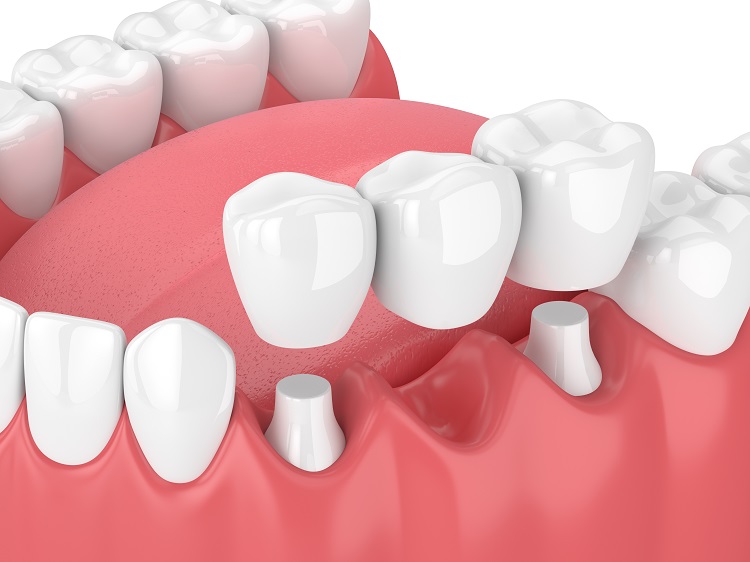How To Choose the Right Dental Bridge ?
Dental bridges accomplish three essential things simultaneously: they repair the appearance of a smile with gaps due to missing teeth; bridges restore your ability to eat and chew naturally; and bridges prevent teeth around the gaps in your smile from twisting or shifting out of position.
If getting dental bridges near you is an option your dentist recommends, what type of bridge should you get? Here’s a brief introduction to the four types of dental bridges to discuss with a dentist near you.
Traditional dental bridges
Traditional dental bridges fill gaps in your jaw by holding artificial teeth in position in a structure anchored on abutment teeth on either side of the gap. Those replacement teeth are called pontics; traditional bridges are held in place by dental crowns placed over the top of teeth on each side of your gap. A dental bridge can support one or more pontics. To receive those dental crowns in Sidney to support the bridge, your abutment teeth need to be modified by the removal of a thin layer of enamel. The need to modify natural healthy teeth to replace missing teeth is the downside of this traditional alternative.
Cantilever bridges
A cantilever bridge works in almost exactly the same way as a traditional bridge, except that cantilever bridges use one or more crowns on just one side of the gap being filled rather than both sides. As a result, cantilever bridges share the weakness of traditional bridges (the need to modify healthy teeth) and are weaker than traditional bridges because they are supported only on one side of the gap.
Resin-supported bridges
Resin-supported bridges and the next option work differently than traditional and cantilever bridges in that they don’t rely on dental crowns at all. Resin-supported bridges support one or more pontics in a structure similar to that used in traditional and cantilever bridges but attach to the rear of the abutment teeth using special dental resins. Resin-supported bridges lack the stability of a bridge that relies on dental crowns, so they’re more appropriate for replacing missing teeth in the front of your mouth rather than replacing molars that are exposed to the highest biting and chewing pressures.
Implant-supported bridges
Implant-supported bridges are a game-changer. The three alternatives discussed above feature varying levels of stability and are, in fact, very stable and effective. Having said that, there is no alternative as stable, strong or durable as an implant-supported bridge. What makes them so stable? The fact that the bridge is held in place by implants rooted directly into your jaw. The bridge does not rely on modified natural teeth or the strength of dental resin but on the anatomical structure of your jaw itself. Implant-supported bridges are the most expensive alternative on this list and require the most complex dental procedures but offer the most natural, durable and long-lasting solution for replacing missing teeth.
Which one is right for you? Make an appointment with a dentist in Sidney who will review the causes of your missing teeth, the condition of the teeth on either side of the gap in your jaw, and the strength and size of your jaw. After reviewing those factors and discussing the costs, durability and procedures involved in each option, you’ll find a solution that’s ideal for your needs.


Comments
Post a Comment